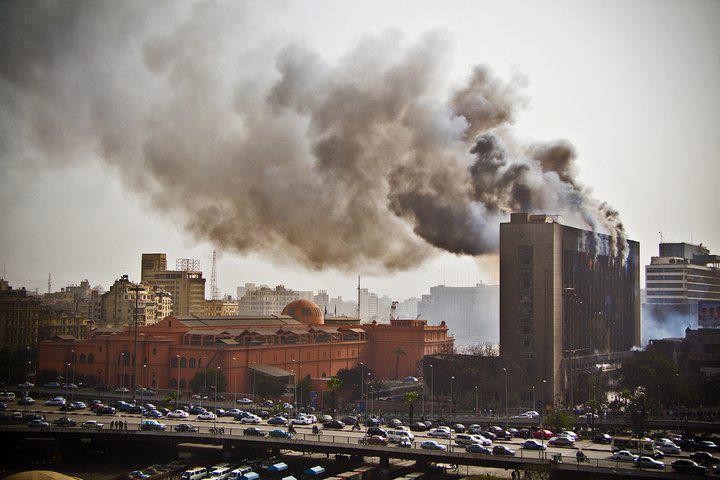By Emma Pearson and Katie Welsford, contributors, EgyptianStreets.com “I found Rome a city of brick, and left it a city of marble.” Whether or not the emperor Augustus actually spoke these words, he certainly knew the value of controlling public space and the cultural landscape. His massive building projects transformed Rome in the course of a generation. His poets fashioned myth that pointed to him as the pinnacle of history. Images of victory, piety and familial stability saturated the lives of his subjects. Throughout history ruling parties have sought to influence their people in a similar fashion. While each circumstance is distinct, those who have achieved power generally recognise that public space and public memory are key to them keeping it. Today in Egypt, stability is the byword of the military led government, which has set about cementing its interpretation of recent history in monuments and attempting to shore up its monopoly on public memory. Monuments as narratives Egypt’s pro-military government has been busy. In Tahrir Square, the much discussed monument commemorating martyrs from the past two and a half years was opened in November whilst in October, Rabaa al-Adawiyya…



